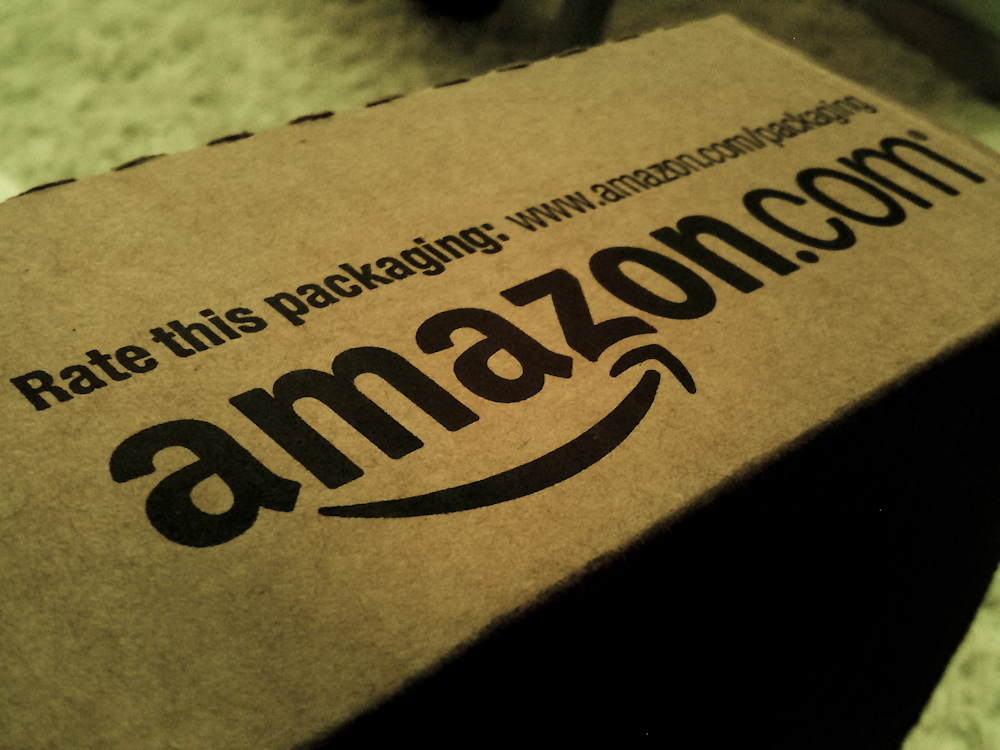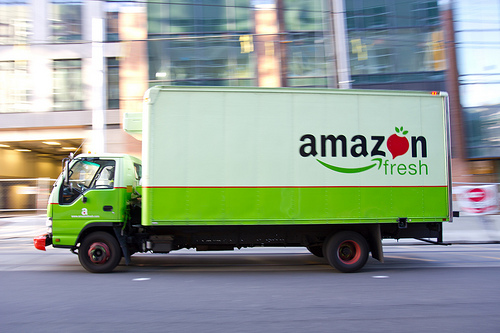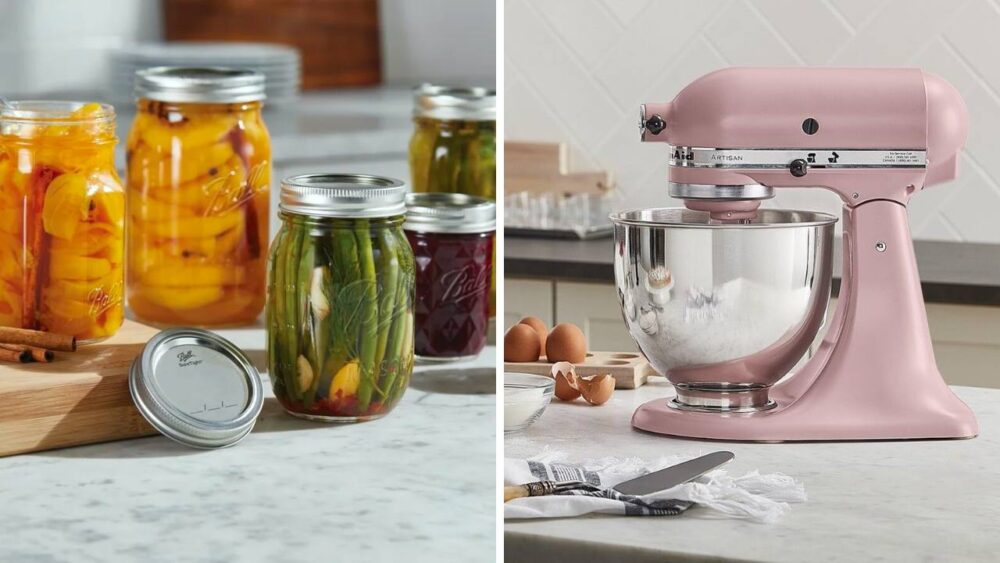Amazon Plans To Open Up To 2,000 Grocery Stores

It used to be the best-kept secret of the industry. Now, that secret might upend the entire supermarket industry.
Amazon is planning to open physical grocery stores across the U.S. According to permits and legal documents, Amazon will be launching small brick-and-mortar stores limited to offering perishable items like produce and meat. Foods with longer shelf lives will be available for order via app or, potentially, an in-store screen the Wall Street Journal reports. Customers will be able to receive groceries via delivery—as is currently the case in markets served by Amazon’s grocery delivery service, Amazon Fresh—or via a drive-thru pickup.
According to the Consumerist, the internet giant is launching a 20-location pilot program in Seattle, Miami, New York and a few other larger cities by the end of 2018. You can expect to see two different types of pilot stores. One will be a “click-and-collect” drive-in store, estimated to be 10,000 square feet. This will allow you to order items online and then pick them up at a drive-in style store. The other pilot stores will be more traditional grocery stores, some as large as 30,000 square feet. Over the next decade, Amazon plans to open up to 2,000 grocery store locations, though no word yet on which “type” they’ll end up rolling out en masse.
There are at least three Amazon grocery stores that are being built at the moment: two are located in the Bay Area, and one is in Seattle. The projects, known as “Project X” externally and “Project Como” internally, were so secretive, even the construction workers building the sites don’t know what is going on. When asked what would be inside the building, one worker at the Seattle site said he had “no idea.”
Yes, Amazon is behind that drive-up grocery store coming to Ballard #Seattle https://t.co/BuvHBrjdFj r/SeattleWA pic.twitter.com/hyClVDrxUN
— Seattle Reddit (@rSeattleWA) October 10, 2016
“We had to sign our life away,” one worker said. “Half the guys in there don’t even know what they are working on.”
In a letter written to the city, architect Ware Malcomb describes one Amazon store in the Bay Area like this:
“Customers will purchase their products online and later pick- up their purchased products at the site. When placing a purchase order, customers will schedule a specific 15 minute to 2 hour pick-up window. Peak timeslots will sell out, which will help manage traffic flow within the customer loading area adjacent to the building. When picking up purchased items, customers either can drive into a designated loading area with 9 parking stalls where the purchased items will be delivered to their cars (customers will be directed to turn off their engines once they park to wait for their delivery), or they can arrive on foot or bicycle and pick-up their items in a reception area. The average customer wait time on-site is expected to be 5 minutes.”
https://twitter.com/HattieJenks/status/785833615586390016?ref_src=twsrc%5Etfw
No word yet on when exactly these stores will open for business, but according to the Wall Street Journal, Amazon Fresh subscribers will be the first customers.


Since Amazon launched Amazon Fresh grocery delivery service in San Francisco in 2013, the business has continue to grow. According to a new study by grocery industry consultant agency Brick Meets Click, Amazon captures about a third of all grocery spending in markets where it competes, and 48 percent of all online grocery trips in those markets were made by Amazon shoppers at the end of 2015.





